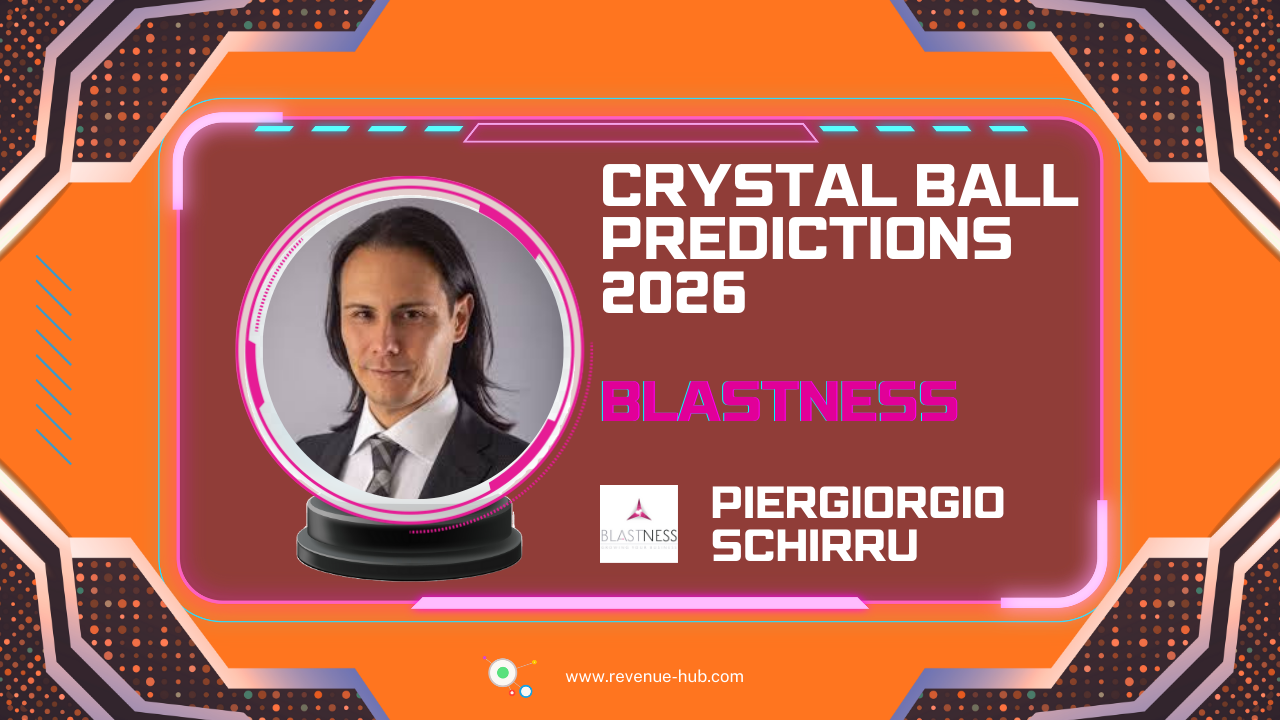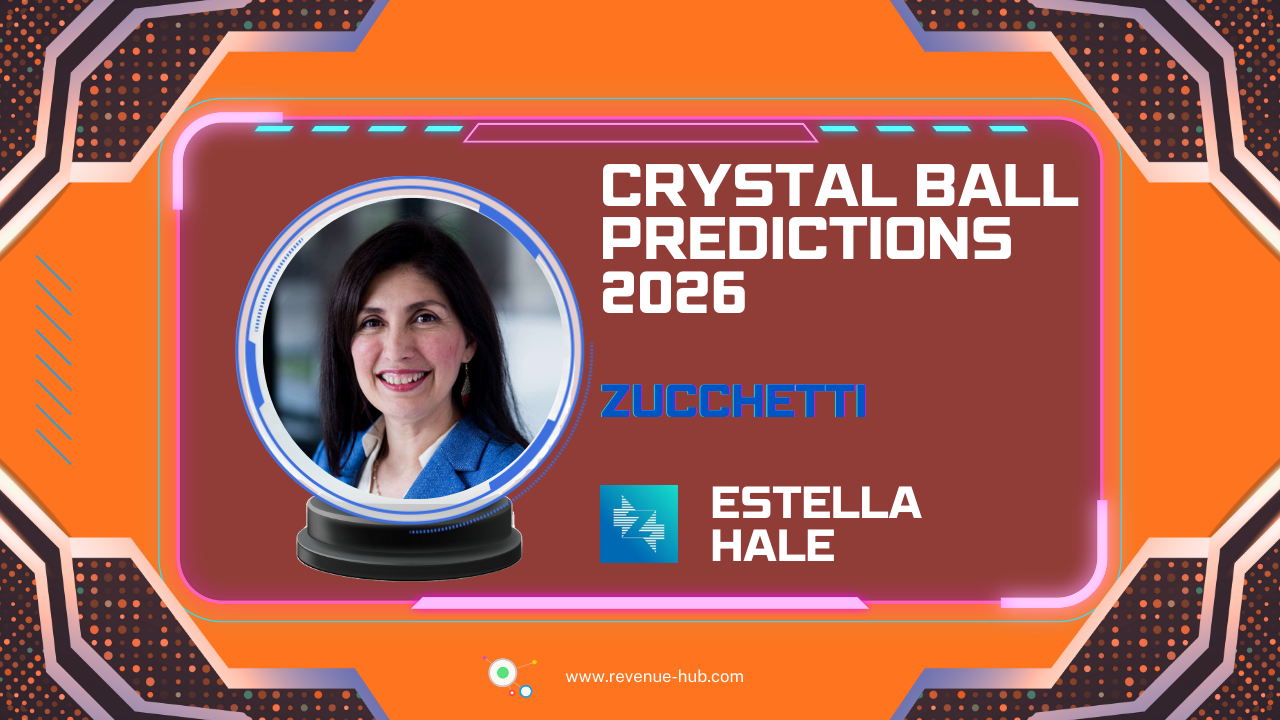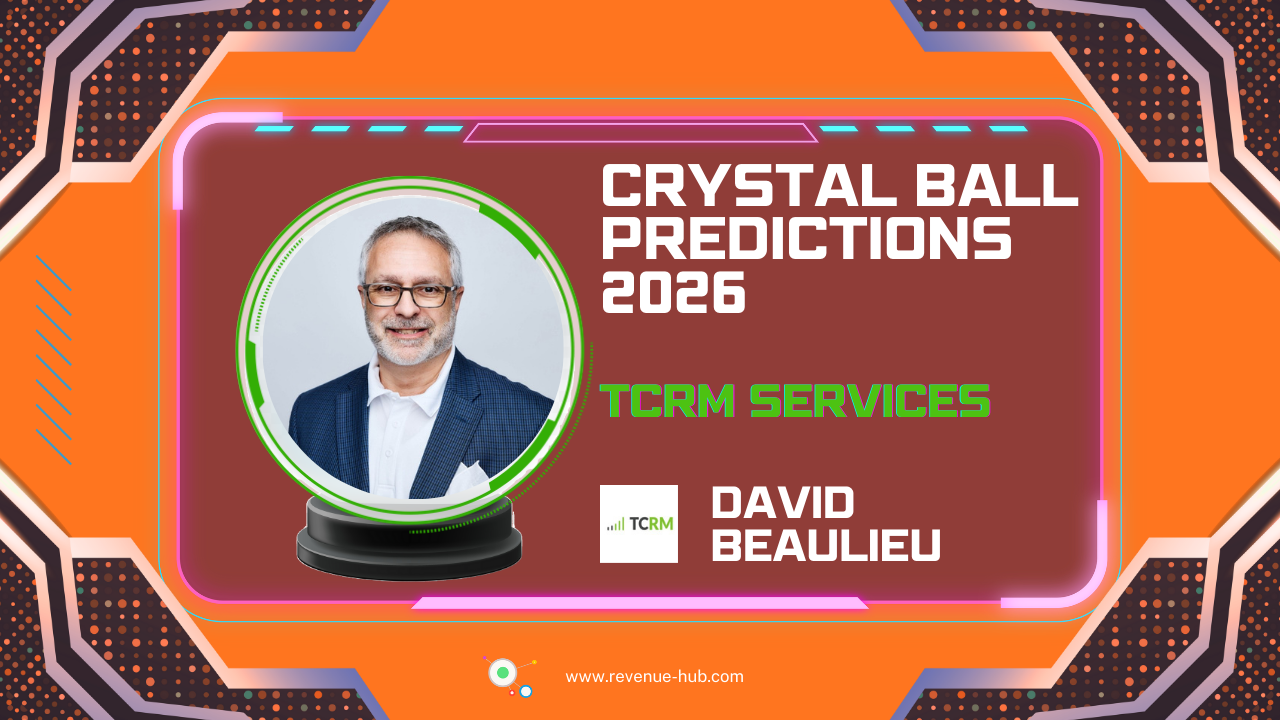There’s a big difference between profitable hotels and those that struggle. Surprisingly, the difference isn’t related to location, quality, or service.
NB: This is an article from Revenue Team by Franco Grasso, one of our Expert Partners
Subscribe to our weekly newsletter and stay up to date
The difference is understanding how to use available tools and analysis to stand out from the competition. Take revenue management principles. These principles impact the hotel at every level, and hotels implementing them grow their revenue and become more profitable.
One example is hotels that rely on static pricing. Such hotels often face other opportunity gaps, such as inefficient inventory and lacking online visibility.
Whereas hotels implementing revenue management principles use dynamic pricing, optimize occupancy, have a strong brand reputation, and much more.
Revenue management is a thread that winds through every aspect of the hotel operations to improve efficiency, guest satisfaction, and profitability.
Franco Grasso Revenue Team (FGRT) has worked with 2500+ properties in 30+ countries. They’ve discovered many hoteliers have profound psychological and cultural misunderstandings regarding the relationship between revenue management and hotel profitability.
Here are seven common misunderstandings.
7 Common Misunderstandings About Hotel Revenue Management
Revenue management principles are about more than pricing because they underpin every aspect of hotel profitability. It provides a framework for balancing complex and variable costs while providing a positive guest experience.
Do any of these ring true?
1. Hotels Are An Easy Business
A surprising number of people think running a hotel is easy. When reality hits, they say they’re “unlucky.” Yet, FGRT often finds these hoteliers haven’t done the work of examining the feasibility of a profitable hotel from a business perspective.
FGRT’s core philosophy is to align the hotel with the existing market. The team examines the competitors and the market. They ask questions about the number of rooms and possible income. What type of ancillary revenue is possible?
Once they’ve examined the market and hotel’s profit potential with a real business plan, instead of focusing on “back of the napkin” potential, they’re ready to price rooms in line with the market instead of pricing them too high.
The data is there to guide smart decision-making. For example, REVPAR (revenue per available room, average income calculated in both rooms sold and unsold) offers the necessary information for grounding the hotel’s profitability potential in reality.
2. Sales and Service Should Be Separate
At some hotels, managers or owners think reducing staff or amenities is a good way to save money. Yet, this is short-term thinking.
There are profitable ways to grow net revenue without cutting costs.
One example is group sales. Sometimes hotels haven’t updated their group contracts in years, and they’re offering steep discounts during times when they could book higher-paying guests. Review your contracts and make sure group sales make sense for everyone.
Another way revenue management can help grow ancillary revenue is through personalized marketing to your guests. You can offer them relevant experiences at your hotel or nearby attractions. Do you have a young family visiting over a long holiday weekend? They may appreciate discounts to area family-friendly attractions, and you’ll create goodwill.
When you create a positive guest experience, your guests leave positive reviews, which helps your hotel rise in the search results. This allows your hotel to benefit from online visibility’s “billboard effect” and attracts future guests.
3. There’s No Need to Change
Can you imagine if you still relied on fax machines to take reservations? While fax machines were cutting edge circa 1990 in today’s world, today’s guests and group sales leaders expect digital tools they can use from their phones.
Yet, a surprising number of hoteliers aren’t interested in catching up with modern times, and it costs them.
Guests expect online booking ability and fast wifi just as they expect towels in the bathroom. Revenue managers use revenue management software (RMS) to automate reports and make more profitable strategic decisions.
Modern technology makes it easier to answer these essential revenue management questions:
- Does price condition demand?
- Are price and quality always equal?
- Must fixed costs affect a sales price?
A proven revenue management principle involves calculating fixed and variable costs and price rooms at a low rate months before high demand. That’s a basic premise that barely scratches the surface of revenue management, yet many hotels fixate on it and don’t understand the whole story.
They resist with statements like, “I can’t make it on these rates! My room costs are too high!” Or “What if everyone does this? The place will be full of riff-raff!”
Those are outdated perspectives.
Revenue management uses data to guide human decision-making. It’s not based on “feelings.” This principle has proven to work in more than 2500 hotels in over thirty countries.
It works because revenue management data uses dynamic pricing, which analyzes the market before pricing. It ensures the hotel’s costs are covered while increasing occupancy and getting favorable reviews, and a few weeks later, when demand is higher, the room rates increase exponentially.
Every successful hotelier seeks ways to increase hotel profitability. Revenue management principles are part of the method.
4. Discounts Are Essential (They’re Not)
When you discount, you’re working from the assumption there’s a fixed rate. But hotel room rates are demand-based. Hotels are almost always more expensive on New Year’s Eve than on the second Tuesday in March.
If there are enough travelers in the area and the hotel has a good brand reputation, discounts aren’t necessary.
Instead, hotels use RMS technology and an experienced revenue manager to set the correct starting rate and dynamic pricing. As demand increases, the rate increases, thanks to revenue management.
See how an Italian hotel doubled revenue and cracked TripAdvisor’s Top 10 by leveraging revenue management principles. These principles have allowed other hotels to sell rooms at triple or quadruple the usual rates.
5. Price Reflects Quality (It Doesn’t)
Many hoteliers hold fast to the antiquated idea that price reflects quality. They’re afraid to lower room rates because they think they’ll attract the “wrong sort.” But that’s not the case.
We live in a more casual world than twenty years ago, and people of all backgrounds tend to dress down. Most appreciate a good value. If they experience a good value at a low price during low occupancy, they can leave a positive review, encouraging future bookings at higher rates.
Incorrect pricing leads to spillage, spoilage, and overbooking, risking your hotel’s profitability.
6. Fixed Costs Dictate Price
When hoteliers focus on a single point of income rather than a broader focus, they risk missing profitable opportunities.
For example, Dr. Grasso reports some hoteliers say things like, “But do you know how much I pay a year just on electricity?”
Such comments show the hotelier is comparing apples to oranges. That’s because the same hotelier thinks of the room rates as per unit while they think of the electricity costs as absolute.
So if the hotel has annual electricity costs of 30,000 Euros annually, that’s an absolute measure. But there’s no reason to compare that cost to rooms individually.
Dr. Grasso once visited a Roman five-star hotel where they discussed room rates. They discussed leaving a group of 30 rooms empty for an entire year at 130 euros/night vs the 150 euros they’d received before.
When the hotel manager listed all the annual costs, they decided they couldn’t accept less than 140 Euro per room.
Dr. Grasso was surprised because hotel occupancy didn’t surpass 70%. The variable costs were between 15-20 Euros per room.
Imagine a 100-room hotel with 1,000,000 Euro fixed costs and 15 Euro variable costs, which include toiletries, breakfast, etc. Divide the million euros by 365 and then by 100 for a result of 27.40 euros. Now imagine leaving thirty rooms empty for a year. Those thirty rooms cost the hotel nearly 30 Euro a night.
Instead, the hotelier can sell the room for 50 euros. Then, subtract the 15 Euro costs per night, leaving 7.6 Euro. This 7.6 Euro goes to profits or other expenses. Then the hotel has Euros coming in, even if it’s a small amount, instead of losing money nightly.
Hotel rooms are like produce. They have a limited time, and then they perish, which means they lose profits. Revenue management considers fixed and variable costs and other revenue opportunities to find the right starting price.
7. Trusting the Property’s Uniqueness Will Carry the Day
It’s truly fascinating to discover how many hoteliers are alike. No matter the location or property size, they need to sell rooms at a profitable rate, and yet, they’re confident their property is unlike any other.
All properties have a unique charm. Yet, that doesn’t mean they’re not still in the hotel business. Hoteliers who follow proven business practices and implement revenue management enjoy more robust revenue.
Yes, things change. Market conditions fluctuate, new hotels open, and guests decide they need whatever’s new and trendy. No matter the changes, revenue management keeps the property competitive by recognizing market demand.
Revenue management isn’t a set-it-and-forget-it practice. It requires the correct data and regular analysis. Yet, when implemented correctly, it grows the hotel’s revenue and profits regardless of season.
If any of these misconceptions sound familiar, download your copy of the top 10 revenue management tips and start enjoying greater hotel profits today.





